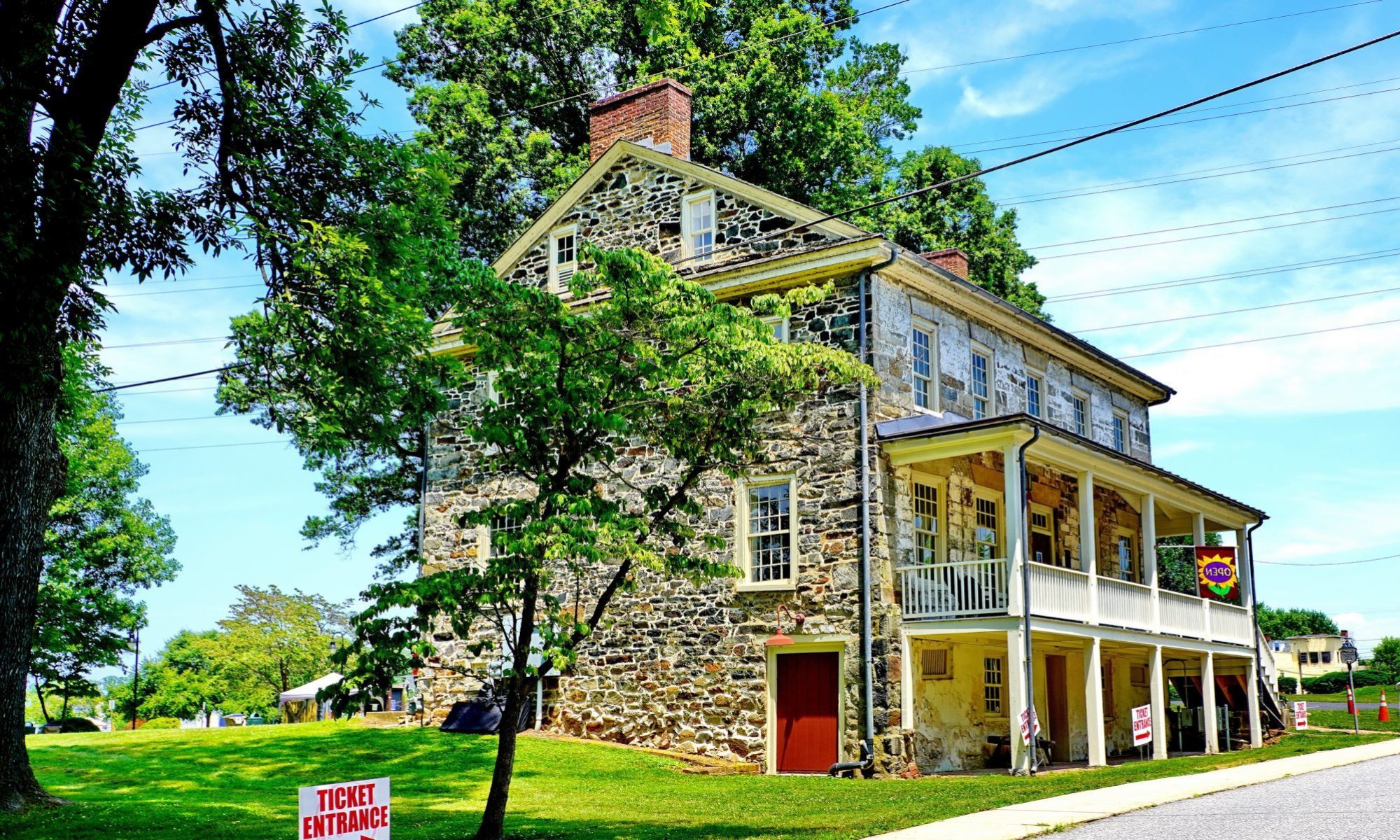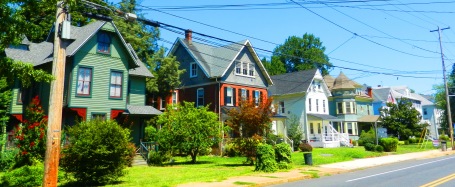 North East –May 7, 1911 — An untroubled Saturday night lapses peacefully into Sunday morning. It’s just about three o’clock and townspeople are wrapped safely in slumber. Then, unexpectedly, the fearful cry is heard, first by a few — someone is shouting Fire! … Fire! … Fire!
North East –May 7, 1911 — An untroubled Saturday night lapses peacefully into Sunday morning. It’s just about three o’clock and townspeople are wrapped safely in slumber. Then, unexpectedly, the fearful cry is heard, first by a few — someone is shouting Fire! … Fire! … Fire!
It is the Rev. J. P. Otis pastor of the North East Methodist Episcopal Church. Awakened by crackling and a glow, he looks out his window to see a nearby dwelling on fire. Rev. Otis bolts into the night shouting the alarm and arousing the occupants of the house, who barely escape.
Not having an alarm system to sound the warning, whatever means nearby is used to rouse help. Church bells at St. Mary Anne’s and the Methodist Churches are soon tolling. There are pistol shots and more cries of fire; the telephone exchange joins in by calling all phone renters.
This brings practically every one of North East’s 1,100 residents face to face with a “terrorizing sight.” Two houses are already “in the clutches of the fire fiend.” Flames are spreading south and north swiftly, North East’s newspaper, the Cecil Star reports. “The pity of it all is the helplessness of the hundreds who come to the rescue.”
The double house of Joseph T. Kenney and T. C. McCracken beside the Methodist parsonage is first on fire. Swiftly, flames spread to the nearby parsonage. Soon the roof of “the finest, the largest, and the most costly building in town,” the church, is in flames. As the church roof blazes, the church bell high up in the tower of the building continues its “almost human appeal for help,” to the very last. Then it falls, burying “itself in the molten and unshapely mass of metal” that was once a church bell, observes editor George O. Garey of the Star.
Towns-people Organize to Fight the Inferno
Towns-people speedily organize to fight the inferno, but the only means available to them is a bucket brigade. North East has “no other fire apparatus of any description.” Citizens willingly keep to the task nonetheless. “Bucket brigades, with men, women and children in the lines,” hold to the work heroically and keep the buckets full reports Editor Garey.
With the M.E. Church just catching fire, a general conflagration appears imminent — the situation is serious! Dr. Housekeeper wires Elkton and Havre De Grace for aid. Chief Giles of the Singerly Fire Company advises that getting Elkton’s steam fire engine to North East will be impossible because the road between the towns is so bad. Also the apparatus can’t be sent promptly by rail. Havre De Grace finds the same condition, reports the Cecil Democrat.
Dr. Housekeeper next telegrams Wilmington. That city’s fire department responds and has some “hundred men and two steam engines loaded on flat cars” at the railroad yard. They are on their way when word comes, the fire is under control. Two steamers get as far as Newark by six a.m. when they get word that the fire is checked, says the Democrat. Another newspaper, the Midland Journal of Rising Sun, reports the fire department is loading apparatus on flat cars preparatory to the railroad run to North East when the word comes. Railroad officials later tell town commissioners they will not make a charge for the “partial service rendered.”
North East doesn’t have a municipal water system so the steamers would have pumped water from the river. This isn’t a problem though because the river is within 400 feet of the “ill-fated locality,” and easily accessible. A heroic effort by the bucket brigade to save the church is unavailing. Quick work succeeds in getting all the furniture, pews, organs, piano, Bibles and hymn books and the membership list for the church out of the doomed structure before the roof falls in. Church records in the parsonage are destroyed. Meanwhile, on the north side of the fire, the other half of the double dwelling (the vacant McCracken part) is quickly destroyed.
The brick dwelling and store of W. J. Cameron about ten feet distance,several times catches fire, but is saved by the hard and steady work of the bucket brigade. Mr. Cameron’s store suffers heavy damage though. Several other buildings in the vicinity catch fire, but are also saved by quick work of citizen firefighters. A “score of properties,” including the Grand Army Hall, the Ford building, occupied as a shirt factory, the Thomas Hotel, besides stores and houses are in great danger. Most of them are on “fire at times from flying sparks,” but are promptly extinguished by volunteers. People living in the neighborhood realize the danger in which their homes are placed.”A score or more of the residences are made bare of their furniture, in the face of what has every appearance of an impending personal calamity and loss” to much of the town. The frame buildings south of the Church, owned by Ida Thomas catches fire but is saved. A narrow street intervenes between these building and the church. To prevent the spread of flames further along S. Main Street, volunteers plan to blow up one house in this row, but they get the fire under control before this is done.
The Fight Succeeds
The stubborn fight of the bucket brigade eventually succeeds “in snatching from the burning grip of the fire monster, the other surrounding properties.” And the morning was very calm, else the havoc would have been much greater than it is, the Cecil County News reports. The absence of wind saves the town from a general conflagration the Democrat adds. Editor George O. Garey of North East has an opinion: “North East got its first genuine fright and the long deferred lesson was taught its people for neglecting to provide proper protection against fire.





